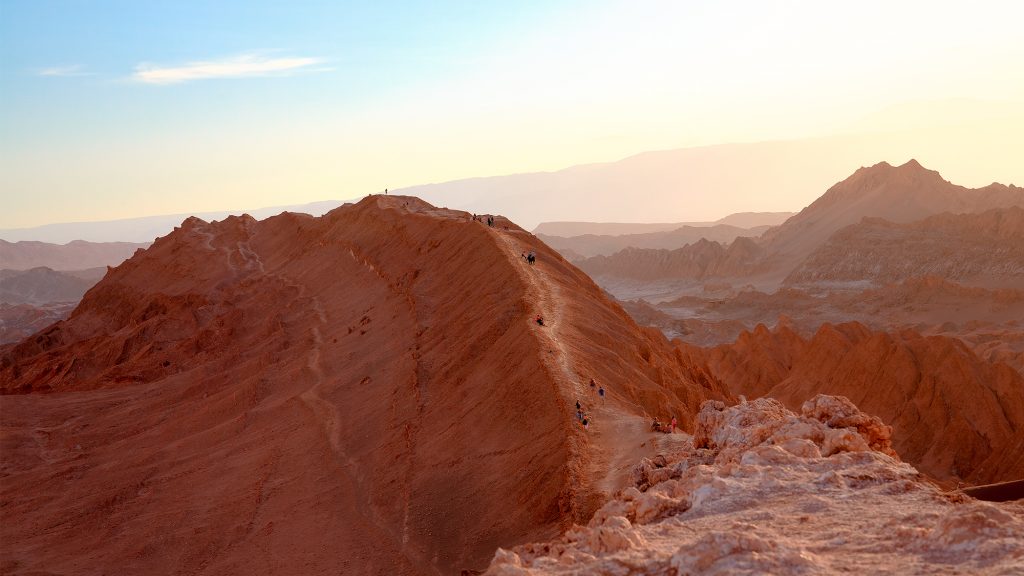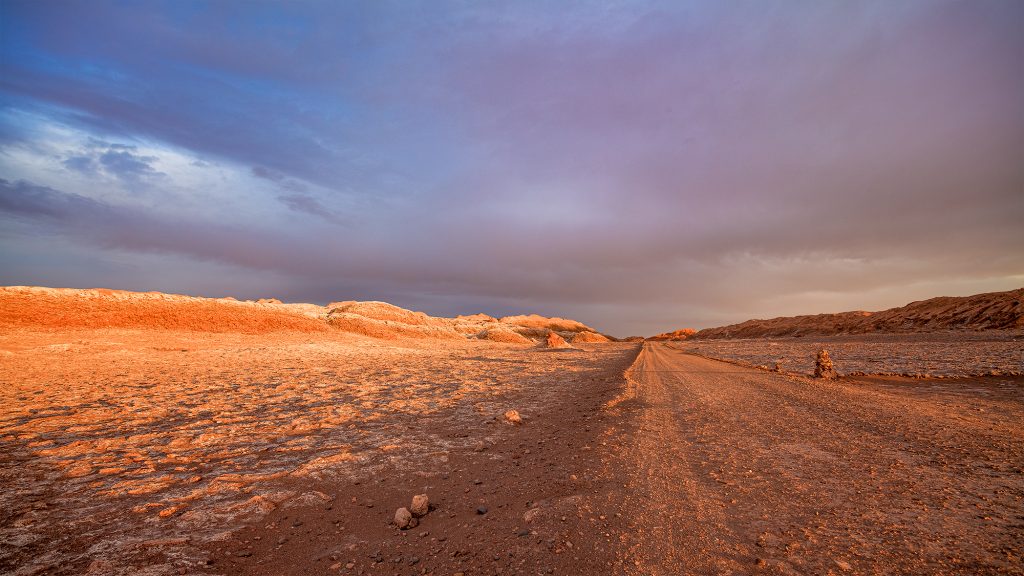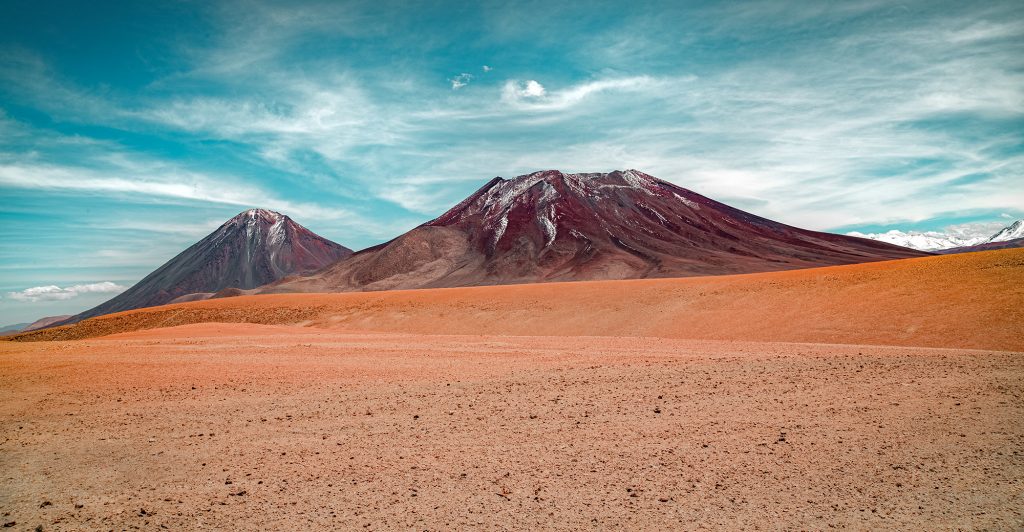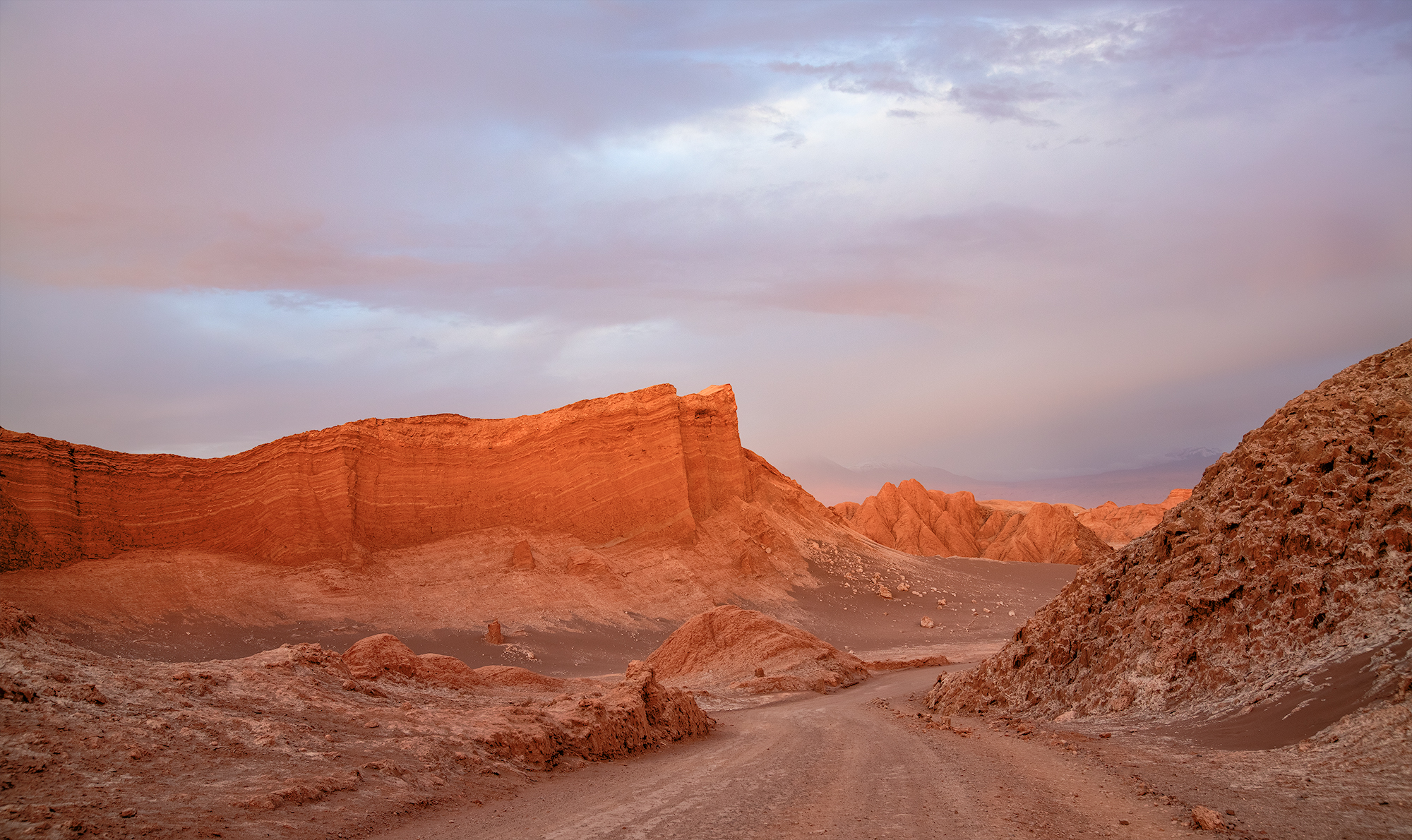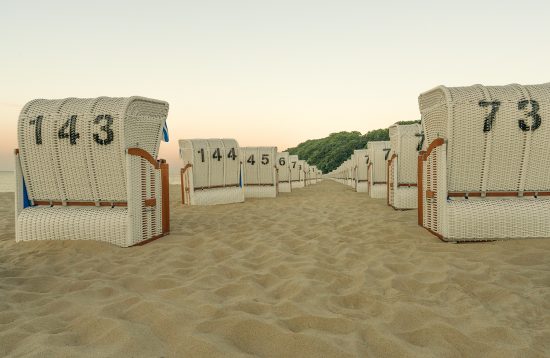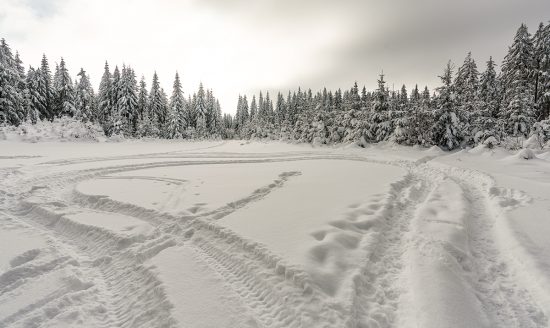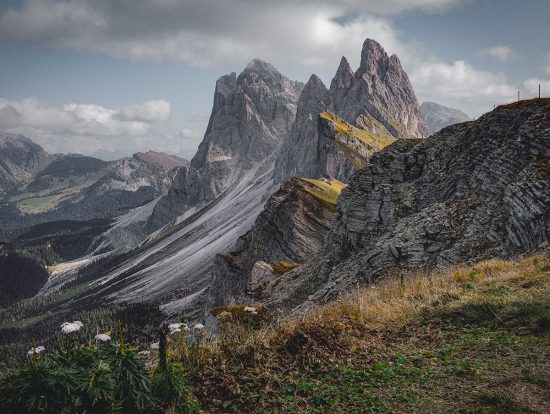The Atacama Desert (Spanish: Desierto de Atacama) is a desert plateau in South America covering a 1,600 km strip of land on the Pacific coast, west of the Andes Mountains.
It is the driest nonpolar desert in the world, as well as the only true desert to receive less precipitation than the polar deserts and the largest fog desert in the world. Both regions have been used as experimentation sites on Earth for Mars expedition simulations. According to estimates, the Atacama Desert occupies 105,000 km2, or 128,000 km2 if the barren lower slopes of the Andes are included. Most of the desert is composed of stony terrain, salt lakes (salares), sand, and felsic lava that flows towards the Andes.
The desert owes its extreme aridity to a constant temperature inversion due to the cool north-flowing Humboldt ocean current and to the presence of the strong Pacific anticyclone. The most arid region of the Atacama Desert is situated between two mountain chains (the Andes and the Chilean Coast Range) of sufficient height to prevent moisture advection from either the Pacific or the Atlantic Ocean, a two-sided rain shadow.
Despite modern views of Atacama Desert as fully devoid of vegetation, in pre-Columbian and Colonial times a large flatland area known as Pampa del Tamarugal was a woodland but demand for firewood associated with silver and saltpeter mining in the 18th and 19th centuries resulted in widespread deforestation.
